If you spend enough time in the backcountry, it’s only a matter of time before you or someone else will need first aid. Whether you roll your own kit or purchase a pre-made one, it should be in your pack on every trip along with the knowledge of how to use it.

Roll your own vs. buy Pre-Made
Pre-made kits don’t have to be heavy or super expensive. Adventure Medical Kits makes kits with plenty of options. You can choose kits based on your adventure and how many folks you’ll be traveling with.
They even make kits for your 4 legged companions. You can buy them directly or find them at your local sporting goods supplier such as Sportsman’s Warehouse or REI.
If you have some experience and know the most common or possible scenarios you may encounter in the backcountry, rolling your own first aid kit can absolutely save you some weight and money!

I rarely travel solo, but when I do, I usually run into other people, so I always carry a 2-4 person kit with some additions.
Most kits come with a checklist, but if you’re making your own and aren’t a spreadsheet geek, here is a list of what I always have in my backcountry first aid kit.
First Aid Category
- Standard items included in pre-made kit
- Adhesive Bandages
Gauze Items
- (1) Gauze Roll, 2" x 4.1 yds
- (3) Gauze Pad, 2" x 2"
- (3) Gauze Pad 3" x 3"
- (1) Non-Adherent Pad, 2" x 3"
- (1) Non-Adherent Pad, 3" x 4"
- (1) ADB Combine Pad, 5" x 9"
- (2) Top Sponge, 4" x 4"
- Feminine hygiene products. If your menstrual cycle or someone in your groups starts early on a trip, it doesn't hurt to have backup supplies.
Medications
- (2) Antacid, 2-pack
- (2) Ibuprofen, 2-pack
- (2) Acetaminophen, 2-pack
- (2) Allergy Relief, 1-pack
- (2) Pill vial, with labels
- Imodium chewable tablets
- Pepto Bismol chewable tablets
- Any additional meds as needed (Ex. Does someone in your group need an EpiPen? Do they carry it with them? If there’s a potential for a life threatening allergic reaction, know where their EpiPen is and how to use it.)
Topical Relief
- (2) Sting Relief Wile
- (1) First Aid & Burn Cream
- (1) Hydrocortisone Cream
Wound Cleaning
- (4) BZK Antiseptic Towelette
- (4) Triple Antibiotic ointment
- (2) Providone Iodine Wipe
- (1) Antimicrobial Hand Wipe
- (2) Glove, non-latex
- (1) Resealable Waste Bag
- Irrigation Syringe 12cc (for cleaning wounds)
Other Items
- (1) Tape, 1" x 10 yrds
- (1) Scissors
- (1) Forceps
- (1) Elastic Bandage, 2 x 5 yds
- (2) Safety Pin
- (1) Accident Record and Pencil
- (1) Wilderness First Aid Guide
- Leukotape or KT Tape - I’ve started carrying generic brand precut strips of KT Tape instead of Moleskin. For me it is easier to work with, takes up less space, and works better for hot spots and blisters.
- Thicker 6mm nitrile gloves - Textured for better grip, and thicker to help minimize tearing working in an outdoor environment.
- (2) SAM Splint - Lightweight & strong! Way better than improvising a splint in the field.
- (1) SWATT - Backup wrap tourniquet that has multiple uses including a pressure dressing.
- (1) SOL Emergency Bivy
- (1) SOL Survival Kit
- (1) Standard oral thermometer
Whether you roll your own or buy pre-made, make sure you know what’s in it and learn how it’s used. When you return from a trip, make sure to replace any items used.

First Aid Kit (FAK) vs. First Aid for Severe Trauma (FAST)
Not many of us have had to deal with life threatening trauma in the outdoors, but most of us have either seen or been in a car accident before we reach our starting point.
If you’re a backcountry hunter, your risk factors for trauma go way up. In the pursuit of making connections with the food we eat, hunters carry the necessary tools to harvest an animal: A rifle or bow.
If you’re going to carry something designed to make holes, First Aid Severe Trauma (FAST) is critical knowledge to have.
A good question to ask ourselves comes from the Red Cross, “A person can die from severe blood loss in less than 5 minutes. Would you know what to do if faced with a life-threatening bleeding emergency?”
If you’ve never taken a bleeding control class, they are offered all over the country for free.
Just like bear spray or a firearm, a FAST Kit doesn’t do you any good buried in your backpack. When it comes to life threatening bleeding, seconds count. As such, I carry a trauma kit on my pack hip belt.
This makes it readily accessible and visible to others if I’m the one who needs aid. Just like first aid, you can buy pre-made or roll your own.
I've chosen this trauma kit as it meets my needs and training. At the very least get a basic bleeding control kit!
Roll Your Own Trauma Kit
- (1) HALO Vented Seal Pari
- (1) Hemostatic Gauze (QuikClot Combat Gauze)
- (1) NPA (Nasopharyngeal Airway)
- (1) Emergency Bandage
- (1) Compressed Gauze
- (1) Pair Nitrile Gloves
- (1) Mylar Blanket
- (1) Polycarbonate Eye Sheild
- (1) CAT (Combat Action Tourniquet)
- (1) X-Shear Trama Shears - I replaced the standard shears with my own. These have better mechanical leverage and cutting ability. For ex. Think about freeing an entrapped hiking boot. Can you safely cut thick leather?
- (1) Blank ID card wrapped with several lengths of Gorilla Tape - Can be used in conjunction with packaging from medical supplies to secure extra occlusive dressings if your vented seals don’t cover everything.
- (1) Milwaukee Permanent Marker - For marking times on Tourniquets or even writing on someone’s forehead if you’re needing to do quick triage on a group.
Before you go on your next adventure, take the time to invest in first aid training and gear so you can focus on the fun with the confidence you have the tools to deal with the unexpected.
Have fun, and stay safe!
Training Resources
https://www.redcross.org/take-a-class/first-aid/first-aid-training/first-aid-classes
https://darkangelmedical.com/online-training/
Loy Donaldson was born in Anchorage, AK and has spent the last 38 years living and loving life in the foothills of the Chugach and beyond. Outside of working in Special Eduction, you find him enjoying time with his family skiing, running, hiking, fishing, and chasing caribou as an “adult onset hunter”.
Loy is a certified EMT-1 in the State of Alaska and has spent several summers working in the Heather’s Choice kitchen and can eat his weight in African Peanut Stew, Banana Breakfast, and Sweet Coconut Packaroons.
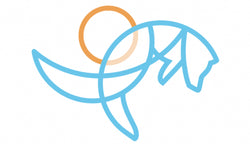
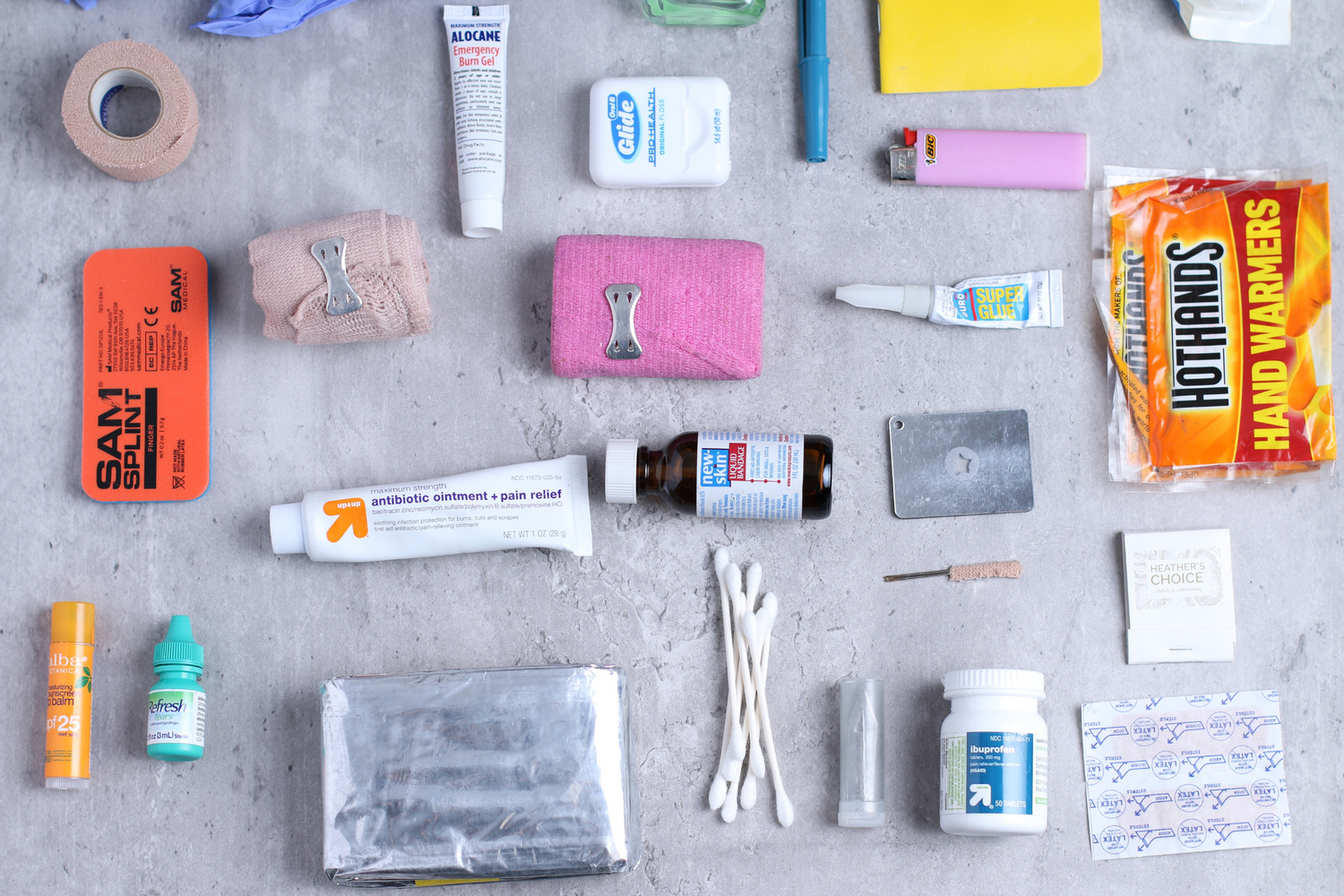

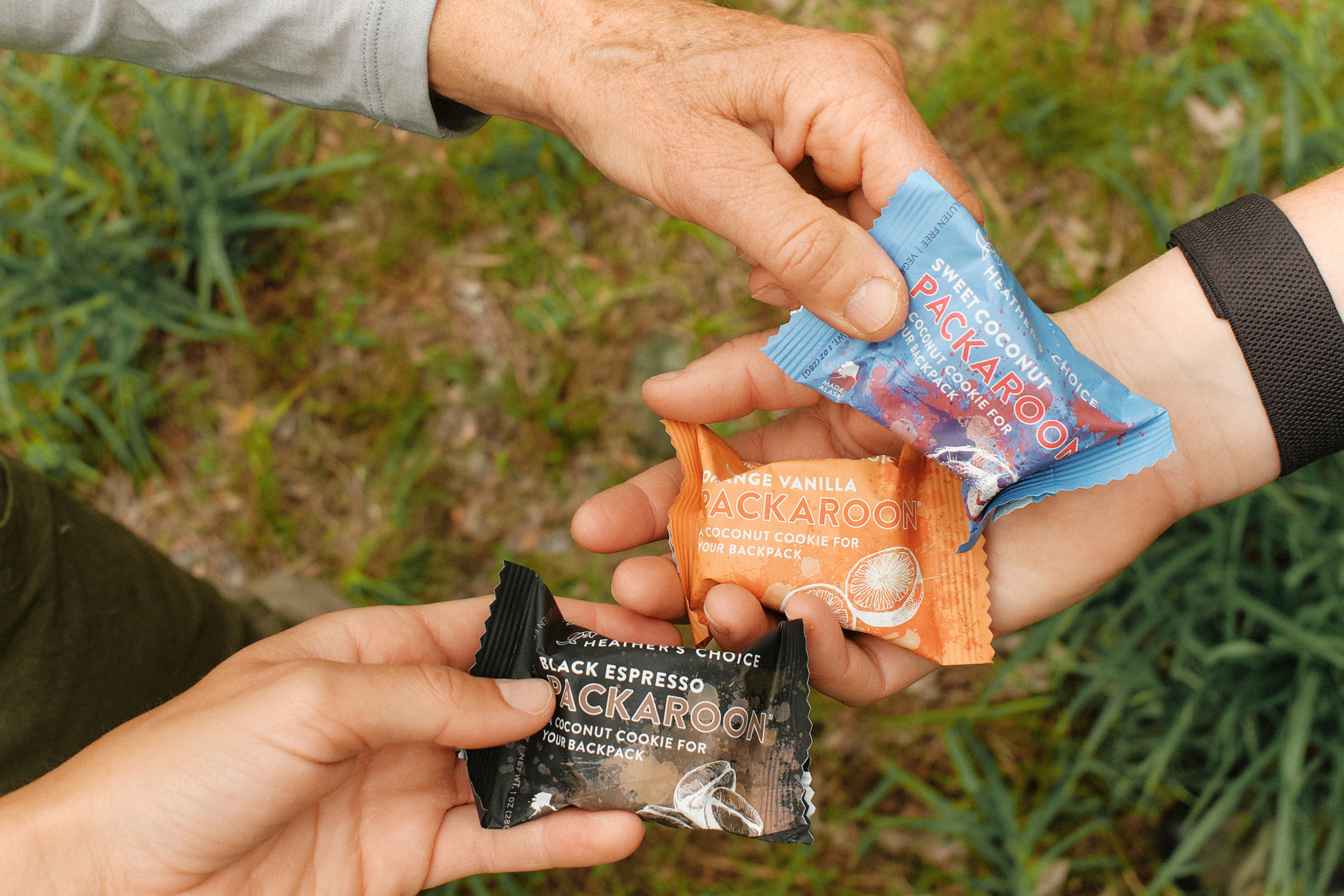
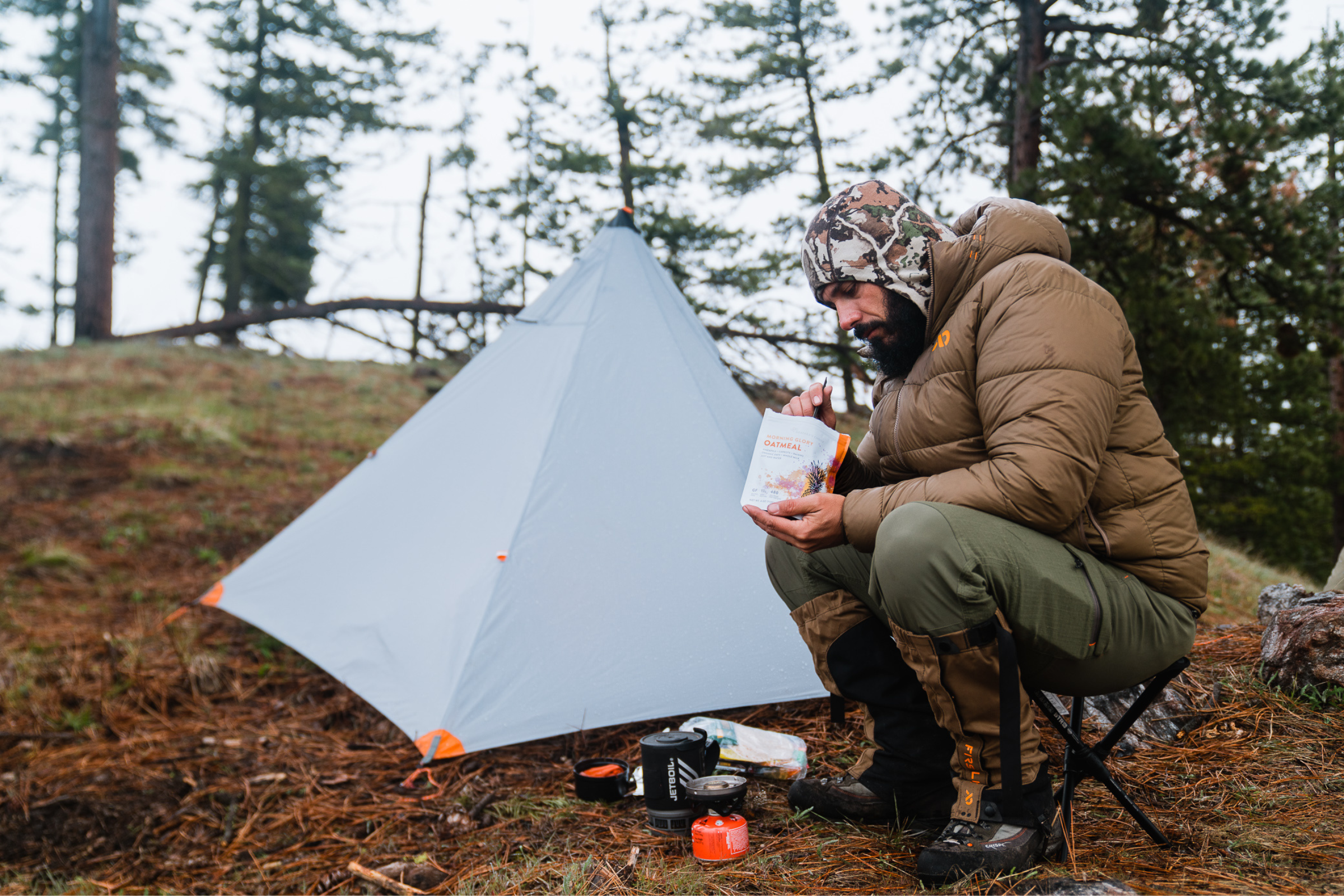
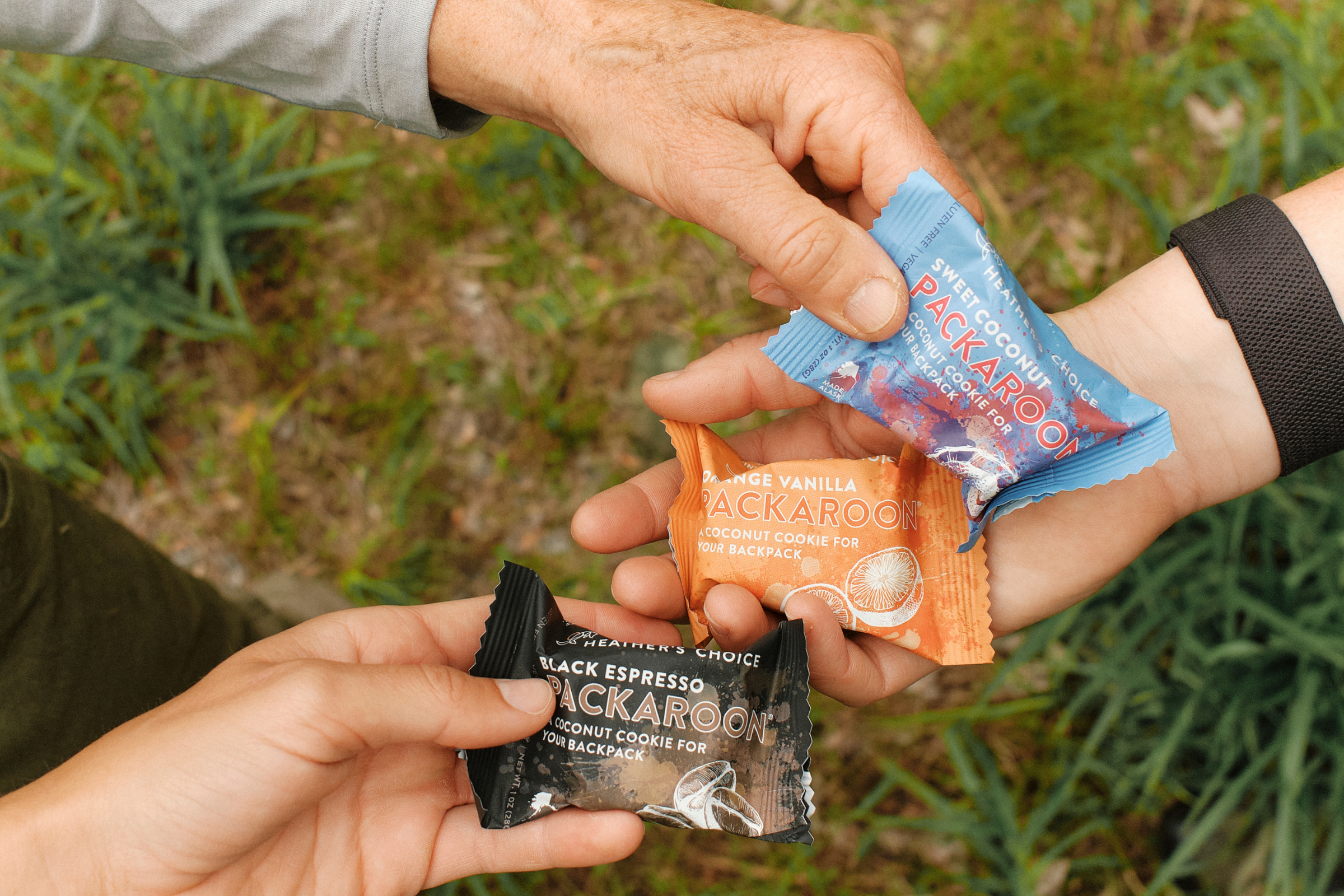
1 comment
Michael
I noticed Mymedic missing from instructions for trama. Several good DVD as well as online classes
I noticed Mymedic missing from instructions for trama. Several good DVD as well as online classes